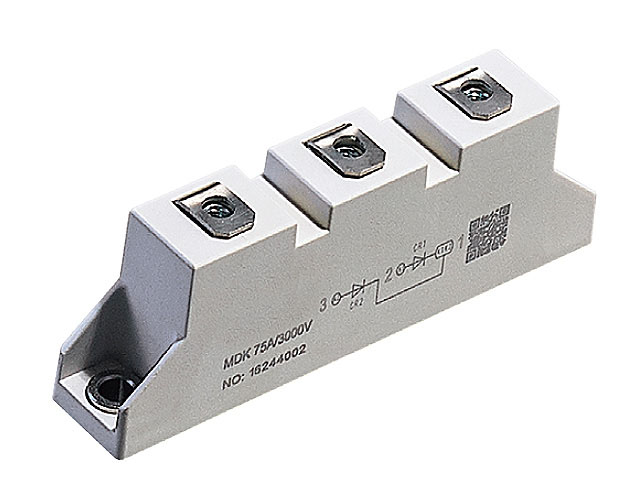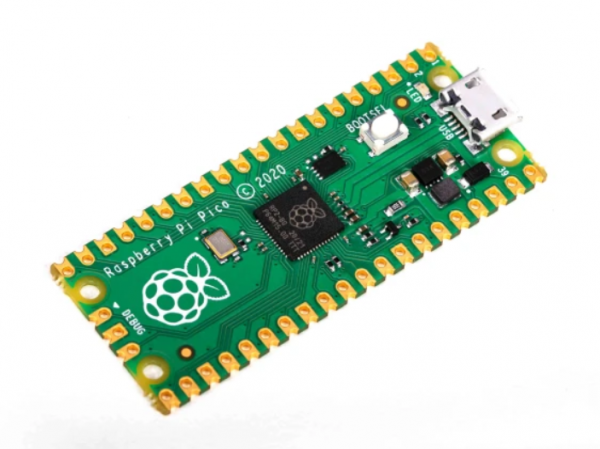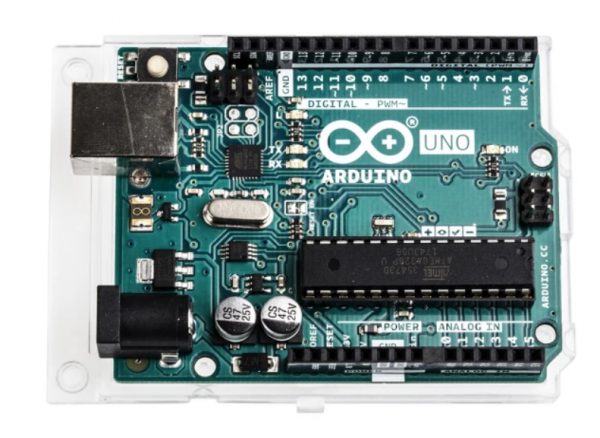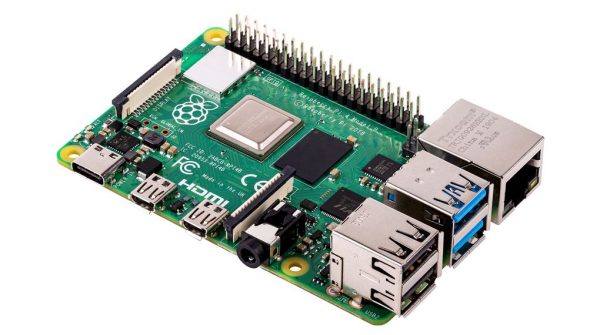Why Bitcoin Privacy Still Matters — and How to Think About It
Whoa! Bitcoin isn’t anonymous. It never really was. Medium-savvy folks know this, but a lot of people still treat addresses like disposable usernames. My instinct said this would be simple: privacy = hide addresses. Initially I thought that too, but then I dug into on-chain heuristics and realized the problem is messier and more social than technical.
Here’s the thing. Bitcoin is pseudonymous, which means addresses don’t carry your name by default, though patterns often betray you. On one hand, chain analysis firms can cluster addresses into wallets using heuristics. On the other hand, there are practical privacy tools that actually move the needle — but none are perfect, and trade-offs are everywhere. I’ll be honest: privacy is an ongoing practice, not a one-off fix.
People ask for a simple checklist. Seriously? There isn’t one that works forever. Still, some habits reliably reduce linkage risk. Avoid address reuse, separate coins by purpose, and be mindful of who you interact with on-chain and off. Also, if you cash out through KYC exchanges, much of your effort evaporates, so plan that path early.

Where Bitcoin leaks privacy
Short answer: lots of places. Network-level metadata like IP addresses can leak before the coin even hits the chain. Exchange KYC ties identity to on-chain receipts. Heuristics — such as change address patterns and input clustering — infer ownership across many transactions. Timing analysis can correlate activity windows between wallets. Oh, and dusting attacks are real; they nudge tiny amounts to addresses to provoke linkage attempts later.
On-chain heuristics are surprisingly effective. For example, the common-input-ownership heuristic assumes inputs spent together belong to the same wallet. That single heuristic has traced countless clusters. Then there are wallet behaviors: some implement change outputs in predictable ways, betraying which output is change. Mix those with address reuse and you get deanonymization faster than you’d expect. Again, none of this feels scarier if you think of it as pattern recognition — large datasets make small quirks scream.
Something else bugs me: people fixate on single tools. They treat mixers like magic. But mixing services have limits, and using them interferes with custody assumptions and legal risk. On one hand, a CoinJoin can break naïve linkages. On the other hand, if you rout your funds to an exchange afterward without care, you re-link everything. It’s about the chain of custody, not one transaction.
Tools and trade-offs
CoinJoin is the most discussed privacy primitive. In essence, multiple participants collaborate to create a single transaction that combines inputs and outputs, making it hard to map which input paid which output. Wasabi Wallet popularized non-custodial CoinJoin with a privacy-preserving coordinator model, and if you want to read more about it check out here. That link isn’t an endorsement of perfect safety — it’s a pointer to a major, well-known project.
Privacy wallets like Wasabi, Samourai, and others add UX and heuristics that reduce leaks. Lightning Network shifts some on-chain exposure off-chain, but it introduces other correlatable signals like channels and routing. Privacy is rarely free: convenience, liquidity, and sometimes regulatory friction are the costs. I’m biased, but for long-term holdings you should favor stronger on-chain privacy habits; for fast retail buys, Lightning may be fine.
Then there are mixers and tumblers. I won’t give step-by-step playbooks, because that crosses into risky territory. Suffice it to say: mixers can help cut on-chain links but also draw scrutiny, and legal regimes vary by jurisdiction. If you use any third-party service, custody and counterparty risk become central concerns; custodial mixing is very different from coordinated, non-custodial CoinJoins.
Operational privacy: habits that matter
Start with identity hygiene. Don’t reuse addresses. Create fresh addresses for distinct purposes. Use wallets that minimize change address predictability. When transacting, avoid combining coins whose histories reveal unwanted linkages. Keep your interaction surface minimal — fewer counterparties mean fewer correlation opportunities.
Network privacy matters too. Broadcasting a transaction from your home IP without privacy layers ties you to that broadcast. Using Tor or VPNs reduces that particular risk, though neither is a panacea and each introduces trade-offs in reliability and connectivity. Also, apps and wallets leak metadata — watch out for that. Hmm… my gut says people underestimate metadata; they obsess over amounts but ignore who heard about the spend and when.
Another practical point: think of your money as containers with labels. If you label a container « taxable-income » and move it through a KYC exchange, you’ve attached a permanent tag. Mixing or coinjoins can re-label things, but the tag isn’t fully removed if the chain of custody later exposes the link. Plan exits and entries before you try to anonymize funds.
Realistic expectations and legal considerations
Privacy doesn’t equal impunity. Law enforcement and chain analysis firms are evolving every year, and what worked in 2017 sometimes fails today. Don’t treat privacy tech as a shield for illegal activity. Laws vary, and even in friendly jurisdictions there are compliance obligations for services. If you need absolute privacy for high-risk activities, consider legal counsel — for real, not just forum advice. I’m not a lawyer.
Also, technical limitations persist. Mixing reduces graph-traceability but may increase suspicion, depending on downstream observers. Chain surveillance often combines on-chain heuristics with off-chain data like IP logs and exchange KYC results. So privacy is a probabilistic game — you change the odds, you rarely make them zero.
Practical starter checklist (non-actionable high level)
– Use privacy-aware wallets for routine anonymity improvements.
– Avoid address reuse across public and private activities.
– Do not mix coins if you plan to deposit to KYC exchanges without separation.
– Consider network privacy (Tor/VPN) when broadcasting sensitive transactions.
– Keep clear mental models of custody: non-custodial preserves privacy potential, custodial reduces it.
FAQ
Is Bitcoin anonymous if I use CoinJoin?
CoinJoin improves unlinkability by muddling input-output mappings. However, anonymity isn’t binary; CoinJoin increases plausible deniability and raises the bar for casual chain analysis, but determined analyses and operational mistakes can still reveal linkages. Think of CoinJoin as a tool in a broader privacy toolbox, not a final answer.
Will using a VPN or Tor make me private?
They help protect network-level metadata, which is one important vector. But they don’t fix on-chain heuristics, address reuse, or custody leaks. Use them as part of a layered approach, not as a single solution.
Are privacy tools legal?
Often yes, but legality depends on jurisdiction and intent. Privacy tools are generally neutral tech, but misuse can attract legal scrutiny. When in doubt, seek local legal advice. Also, services you interact with may have compliance policies that affect your ability to use them.















































 Menu Item #1
Menu Item #1 Menu Item #2
Menu Item #2 Menu Item #3
Menu Item #3







































